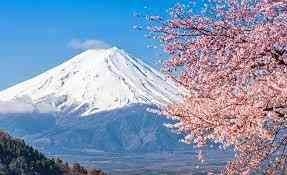According to the latest updates, Japan is set to enforce restrictions on Mount Fuji Safety measures, introducing both a toll and a daily limit on the number of individuals allowed on the iconic mountain.
This Article is Free for Subscribers
Access 2000+ premium insights, visa updates, and global lifestyle stories all in one place. <div> For Subscribers, Login here
Login if you have purchased



































